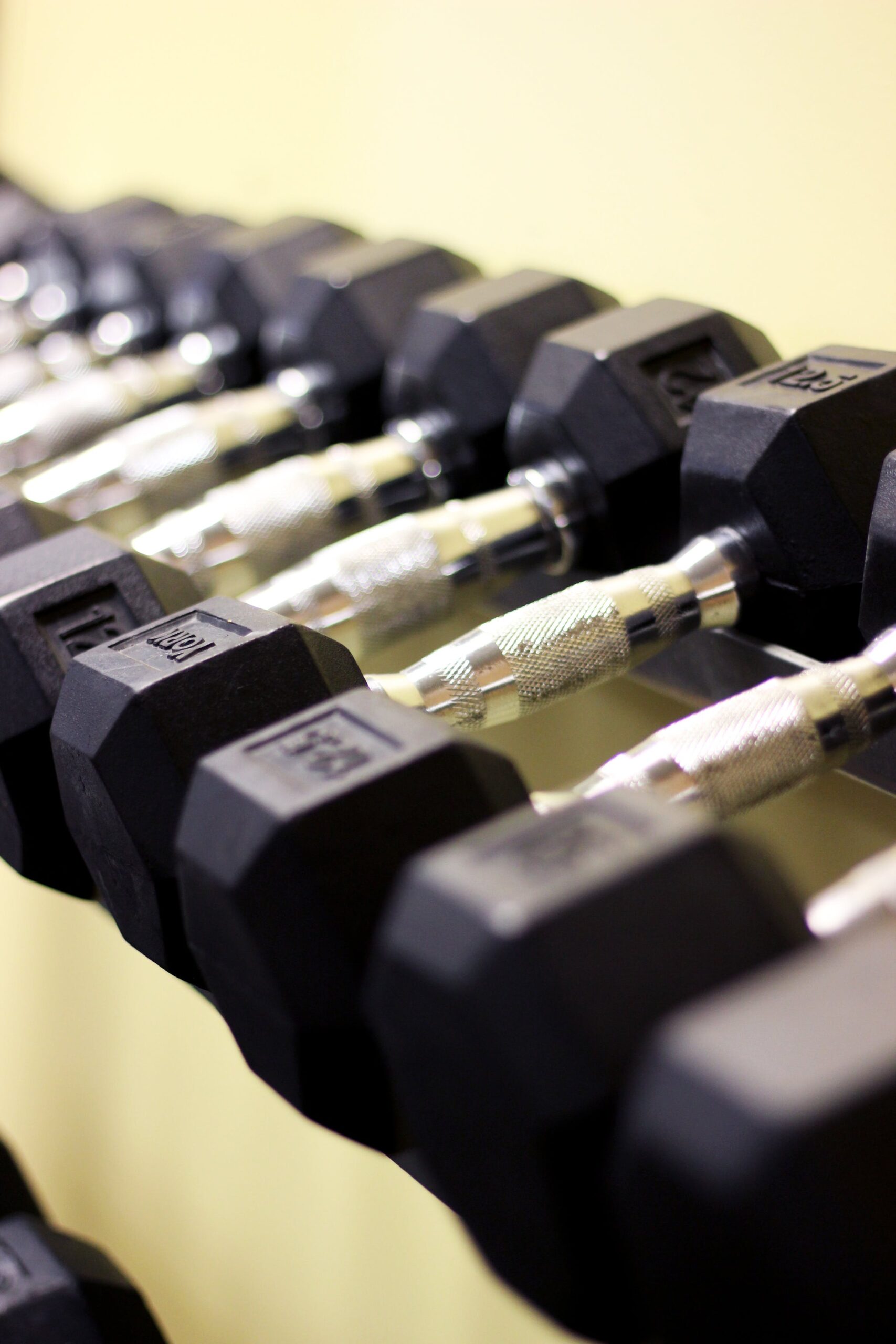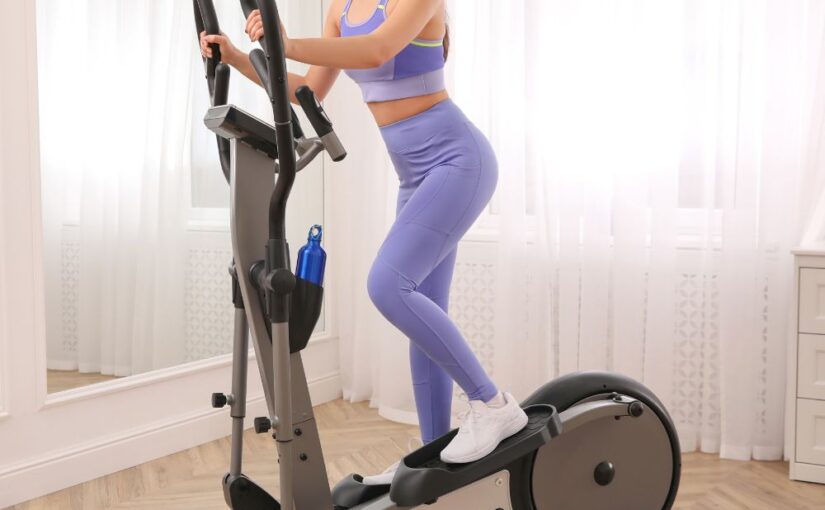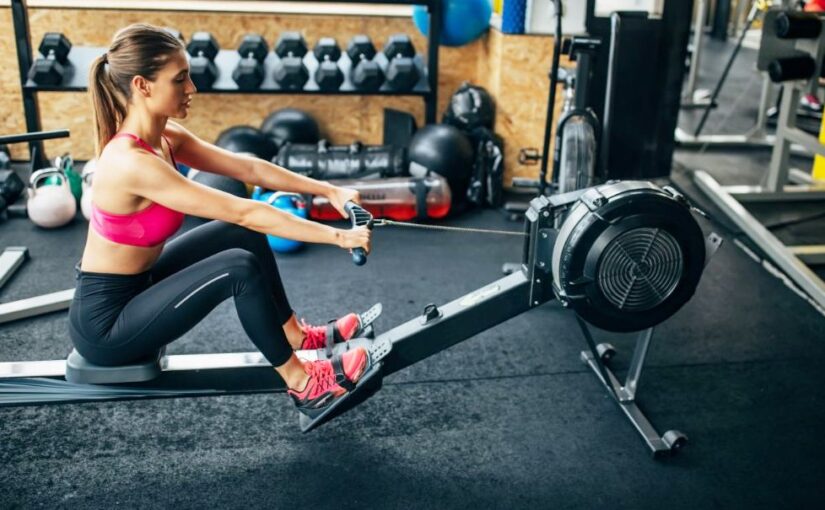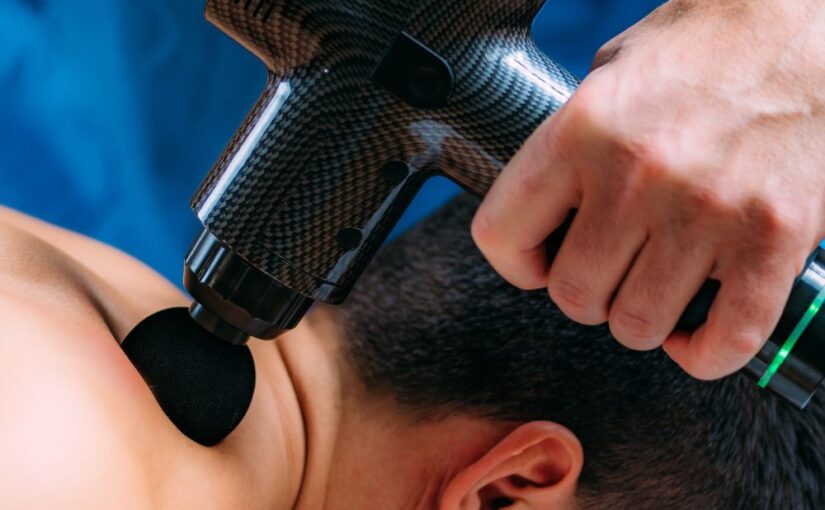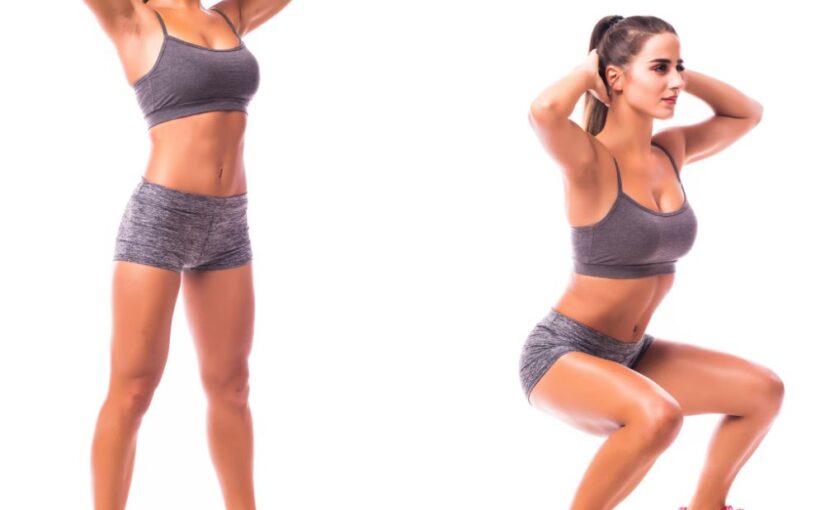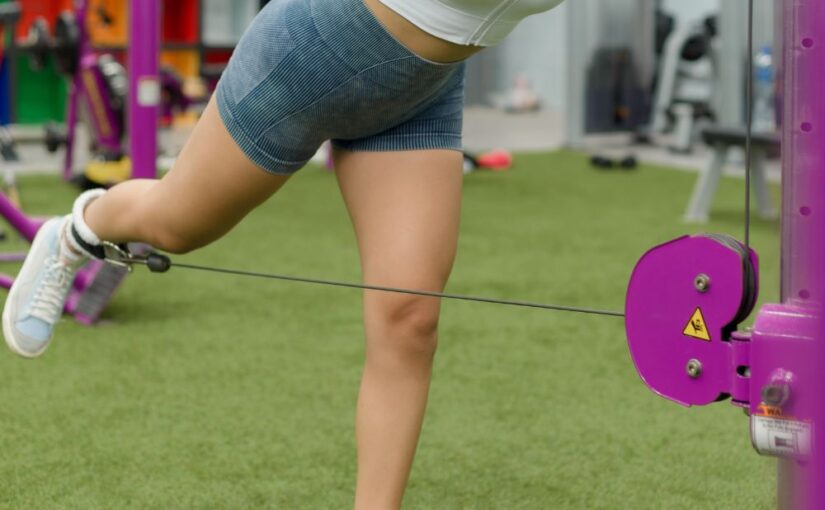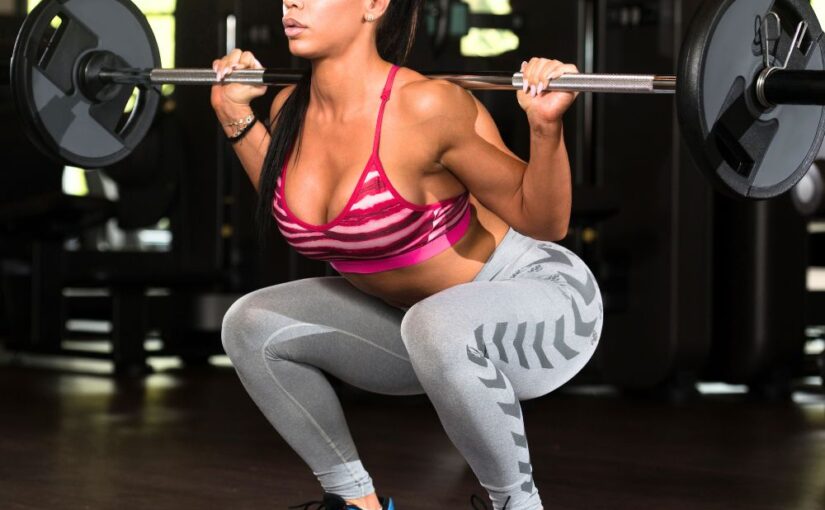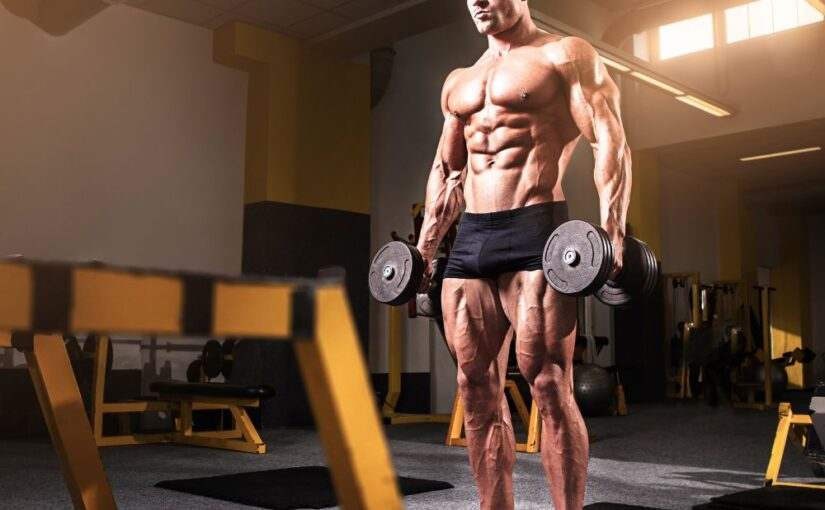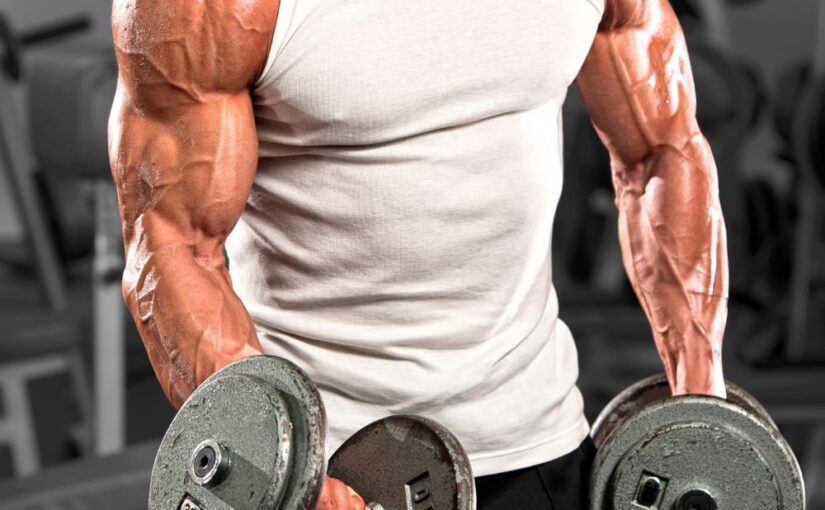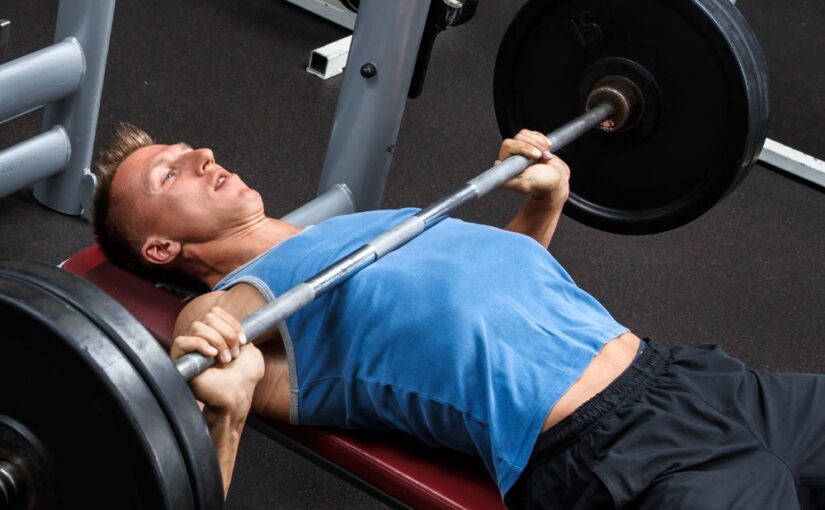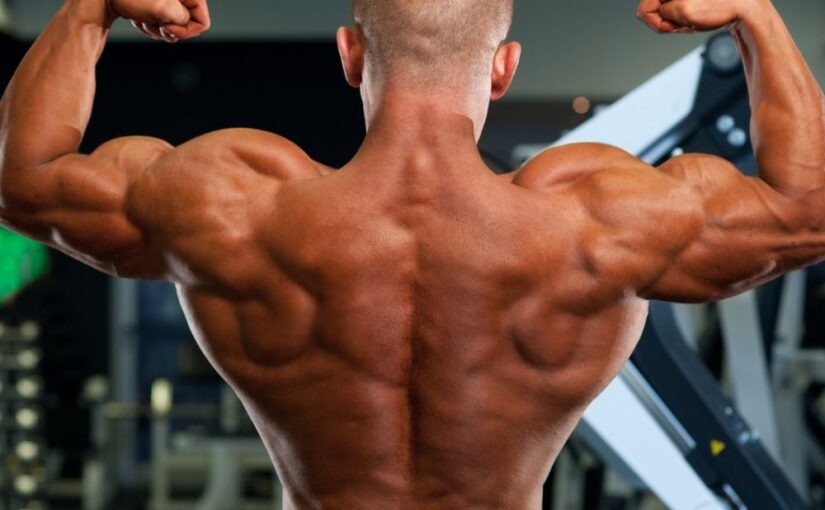When it comes to cardiovascular exercise, many individuals seek low-impact options that are easier on the joints while still providing effective workouts. Low-impact machines can help you achieve your fitness goals without the strain often associated with high-impact activities. Here’s a guide to some of the best low-impact machines for cardio, along with their benefits and considerations.
1. Elliptical Trainer
Overview
The elliptical trainer is one of the most popular low-impact cardio machines in gyms and home fitness setups. It mimics the natural motion of walking or running but without the harsh impact on the joints.
Benefits
- Full-Body Workout: Engages both the upper and lower body, allowing for a comprehensive workout.
- Adjustable Resistance: Many models allow users to adjust incline and resistance, enabling varied intensity levels.
- Low Impact: Reduces stress on knees, hips, and lower back, making it suitable for those with joint issues.
Considerations
- Learning Curve: Some users may need time to adapt to the motion and find their rhythm.
- Potential for Boredom: Long sessions can feel monotonous; incorporating music or entertainment can help.
2. Recumbent Bike
Overview
A recumbent bike features a reclining seat, providing back support while allowing users to pedal in a comfortable position. This design is especially beneficial for individuals with back issues.
Benefits
- Comfortable Position: The reclined seat reduces strain on the back and hips, making it ideal for prolonged use.
- Lower Joint Impact: Like the elliptical, recumbent bikes minimize stress on joints, making them suitable for rehabilitation.
- Effective Calorie Burn: Provides a good cardiovascular workout while being gentle on the body.
Considerations
- Limited Upper Body Engagement: Primarily focuses on the lower body; some models include upper body resistance bands for a more balanced workout.
- Space Requirements: Recumbent bikes can take up more space than upright bikes or other machines.
3. Rowing Machine
Overview
Rowing machines offer a unique low-impact workout that engages multiple muscle groups simultaneously. They simulate the action of rowing a boat, providing both cardio and strength training.
Benefits
- Full-Body Engagement: Works the legs, core, back, and arms, making it an efficient option for strength and endurance.
- Calorie Burn: Can burn a significant number of calories, making it effective for weight loss.
- Improves Posture and Core Stability: Encourages proper body mechanics and strengthens core muscles.
Considerations
- Learning Curve: Proper technique is essential to avoid injury; beginners may need guidance.
- Potential for Discomfort: Some users may experience discomfort in the seat during longer sessions.
4. Stair Climber
Overview
The stair climber machine mimics the motion of climbing stairs, providing an excellent cardiovascular workout while also targeting the lower body muscles.
Benefits
- Lower Body Strengthening: Effectively works the glutes, quadriceps, hamstrings, and calves.
- Compact Design: Typically requires less space than other machines, making it suitable for home gyms.
- High Calorie Burn: Can provide an intense workout that burns calories quickly.
Considerations
- Not Suitable for Everyone: Individuals with knee issues may find stair climbing uncomfortable.
- Monotony: Similar to ellipticals, workouts can become repetitive; incorporating intervals can help.
5. Swimming Pool Equipment (Aquatic Treadmill or Swim Machines)
Overview
For those who have access to a pool, aquatic treadmills and swim machines provide an excellent low-impact cardio workout.
Benefits
- Zero Impact: Water supports the body, eliminating stress on joints and allowing for a full range of motion.
- Resistance Training: The water provides natural resistance, enhancing strength and endurance.
- Cooling Effect: Exercising in water can keep you cool, making workouts more enjoyable, especially in warmer weather.
Considerations
- Accessibility: Requires access to a pool, which may not be available for everyone.
- Technique: Proper swimming technique is crticial for maximizing benefits and preventing injuries.
Conclusion
Choosing the best low-impact machine for cardio depends on your personal fitness goals, preferences, and any physical limitations you may have. Ellipticals, recumbent bikes, rowing machines, stair climbers, and aquatic equipment all offer unique benefits and can help you achieve effective cardiovascular workouts while minimizing stress on the joints.
Consider trying out different machines to find the one that feels best for you and fits into your overall fitness routine. Remember, the key to successful cardio workouts is consistency, so choose a machine you enjoy and can stick with over the long term.

